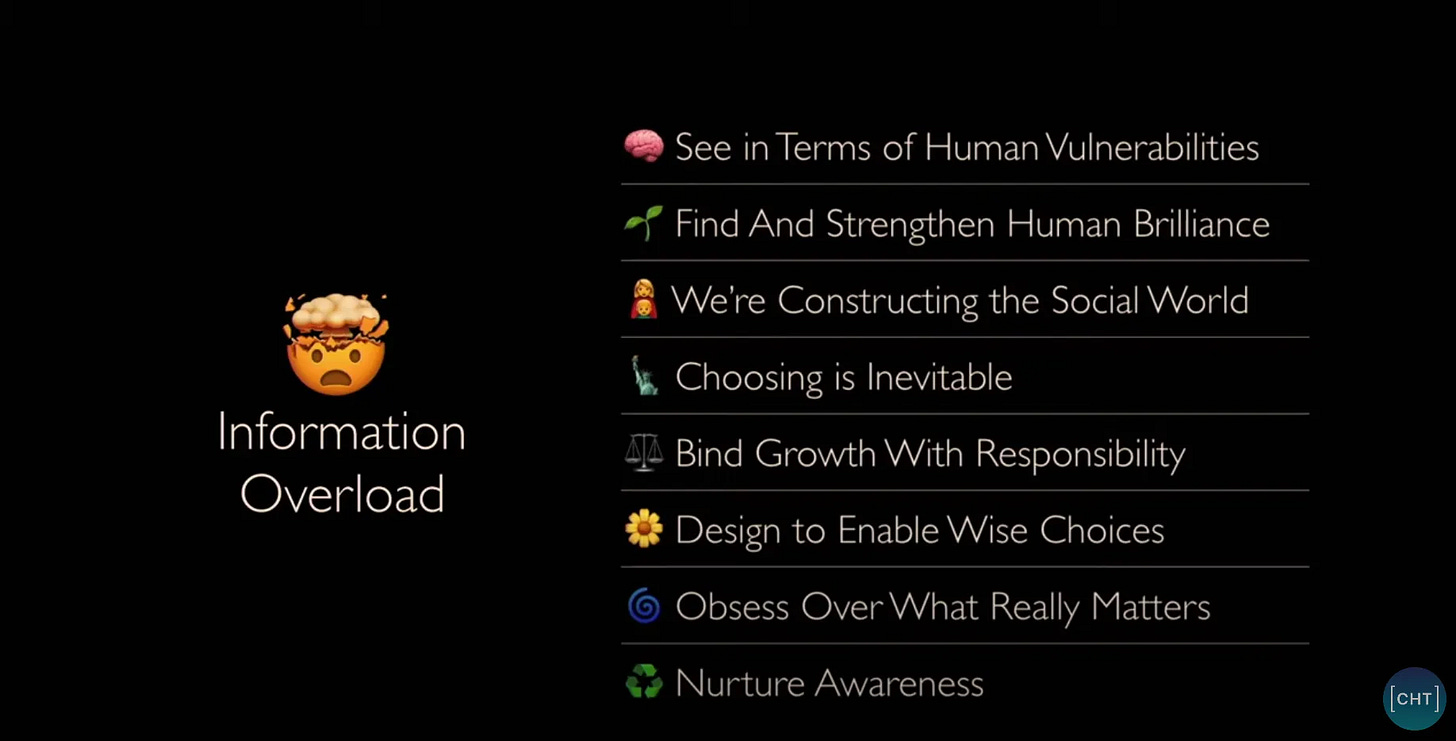Part 3: Incentives against value creation
Written by Andrej Berlin with editorial contributions from Colin Mortensen.
Current overview of the web3 landscape
The two demonstrable, successful use cases in web3 are Bitcoin and stablecoins. Bitcoin has become a retail, institutional, and governmental digital store of value. Stablecoins act globally as a purchasing power preserver for those living in countries not operating on the USD (the digital version of the least dirty fiat shirt-coin in the global laundry basket).
Interestingly, Tether has become the seventh-largest holder of US Treasuries on planet Earth. They use treasury holdings to back the 1-1 pairing with the USD, likely one of the main reasons for the deregulation of this space by the current US government (somebody needs to keep buying that US debt!).
Unfortunately, the remaining energy in the web3 space has degraded mostly into degenerate gambling, fraud, and value extraction, perhaps best exemplified by Trump and Millei coin launches (I hope you got your Hawk Tua coin early).
Rational actors are left thinking, why are we building the shitcoin superhighway when we could be focusing on utility and the next superstar use case to sit alongside bitcoin and stablecoins?
To be clear, my core argument in the following article is that the system, not the people within it, bears responsibility for this outcome.
Maximising value extraction
Startups seek financial stability by raising funds from investors to build out their project. On the surface, a token is supposed to make the financialization visible or potentially share ownership with an aligned community. In reality, however, the system incentivises them to measure value in delusional metrics, take shortcuts, and sacrifice on customer utility.
As someone who almost impulsively jumps to solve problems at each opportunity, it was surprising to me that the primary function of a founder is to effectively maximise the amount they can extract from an unvalidated project and then sell it.
Not solve a problem for other people, not create a useful product, not design a delightful experience.
The initial valuation of a startup is defined by how much money similar projects in the market can be sold for, which will determine the ROI for investors. After the initial valuation, investors use EBITDA to estimate whether an operational startup is on track to reach the agreed-upon valuation number.
Even though the numbers provide comfort and make the project seem valuable to the outside, they are fictitious from the start. The valuation is a combination of a guess about future revenue and the desired return on investment at the time of the sale. And EBITDA merely shows the earnings before considering interest, taxes, depreciation, and amortization.
The difference between the cost of running the company and profits from delivering real value to customers receives almost no attention. Besides, why listen to customers and go through constant sacrifices to keep the business self-sustainable if the goal is to sell the company anyway?

Imagine building physical infrastructure, like a hospital, and rather than optimising for accessibility to a speedy recovery of patients, your main goal is to sell the hospital for a premium in 10 years, regardless of its efficacy.
I wish this was just an illustrative example, but restaurants use the same strategy by adding sugar to every meal, startups use annoying clickbait ads, and web3 projects sell “simple, secure, supercharged yield”.
In economics, this would be considered a “grift” — a way of deceiving people to get money or something valuable, usually through manipulation or fraud.
There is "no point in claiming that the purpose of a system is to do what it constantly fails to do”
- Stafford Beer on systems thinking
It’s the polar opposite of building a team to sustainably create value for humans in the long run, balance the running cost with revenue, and use profits on things that make the business more robust. But the startup ecosystem not only ignores, but actively suppresses these counter-intuitive strategies.
Inescapable pressure to take shortcuts
Most VC funds receive a large sum of money to distribute across projects from Limited Partners (LPs), a “management fee” and promise a return when they can sell their shares in the startup, usually after about 10 years.
To keep their LPs comfortable during that period (and ideally receive more money to raise another fund), investors try to make sure the revenue keeps looking promising on paper and the startup brands resemble that of a successful company.
Especially inexperienced investors in web3 can get emotional, impatient or decide to accept greed as part of their “human nature” that “seldom changes”.
They pressure their portfolio companies to “find product market fit”, and only stop inquiring when they feel happy with the aesthetics of the website and the numbers seem convincing enough.
One of our past clients in 2024 prioritised “urgent” investor calls over participating in design workshops with our experts he originally committed to. After seeing the results, he refused to pay a bill of $20.000, and blamed our team for delaying the project, he was “letting $10m USD deals slip”. After the incident, he hired two other agencies, both of which experienced exactly the same, losing over $50.000 USD.
To maintain an image of growth toward investors, founders are incentivised to take the easy route and pursue strategies to optimise for increasing revenue as quickly as possible.
Instead of attentively interviewing users, prototyping, strategising, and dealing with challenges in a balanced way, founders listen to influencers and courses that teach them how to take shortcuts (it’s six times easier to find misleading information).
As a result, web3 is now full of overly complex technical solutions looking for an inexistent problem. Manipulative marketing and promises for future returns to token-buying end users, often misleadingly referred to as “incentives” and “tokenomics”, clutter Twitter, Discord, and Telegram.
A shiny website obscures the startups’ pursuit of profit over customer value and the investors’ intention of raising another fund.
Toxic incentives poison the working culture
Investors also look for internal operational success, and the easiest way to prove it is by showing some form of contributor activity.
A purchasable token of projects is often used to encourage the “community” (token owners) to “participate in governance” - i.e., buy tokens, read proposals for resource allocation, add comments, vote, and build relationships with other wealthy token owners.
This is seen as “value creation” and increases reputation by staying memorable and collecting tokens, regardless of whether the member actually cares or not. The metric for value is nepotistic activity and the amount of magic internet coins - not real-world experience or an in-depth understanding of the to-be-governed problem space.
The distorted concept of value and the drive to increase reputation fast make plagiarism seem like an undetectable strategy. Several Deep Work experts collaborated on well-known web3 projects, just to have a project manager present the work as their own without proper credit. Since DAOs are not real working environments, there was no legal support or documentation of work to justify a dispute.
The frustrating part about web3 is that stablecoins, tokenization of information, smart contracts, LLMs, a globally accessible talent pool, and a lot of other technologies can help us create exciting working environments and highly profitable experiences. But nobody cares about that in a gambling economy.
Sustainability looks different
What would it look like if a team was funded for solving complex real-world problems in a long-term, sustainable way? In my observation, these teams don’t even attract traditional investment because the signals for undervalued investment opportunities are completely different from what is distributed through web2 social media algorithms.
Pitch decks are a great example of hilariously desperate attempts to get the attention of investors. They often feature references to external sources with claims about future predictions - a cheap tool to play into inexperienced investors’ greed.
Sustainable practices, however, grow a project slowly behind the scenes. The creators prioritise personal growth, they are vulnerable, try to make wise choices and take responsibility for failure. In most cases, they don’t even need what investors have to offer, i.e., money, advertisement, or artificial pressure in an undesired direction.

The results are not visible amidst the noise of shallow words and do not even circulate in the public startup or VC networks.
When human values come first, and wisdom precedes aesthetics and profit, it will not look good on the VCs’ portfolios, and thus will not make LPs confident about their investments. It’s easier to find comfort in numbers and the web2 analogues to Super Bowl ads than to pay attention to qualitative impact metrics, past performance, and value alignment.

They silently keep solving problems for their friends, rather than trying to magically multiply wealth.
They can only share their past work, which will always look imperfect or unfinished. They can only claim what they are attempting to do, with no guarantee of success. They can only speak confidently about their subjective opinion on a certain area, which they often spent years researching.
They are working on an unrealised dream that feels like constant failure, needs collective approval on utility, and a lot of resources for labor, material or tooling to bring it into the real world.
Building useful infrastructure requires a fundamentally different approach, starting at the core of the humans building it.
[O]rganizations which design systems (in the broad sense used here) are constrained to produce designs which are copies of the communication structures of these organizations. — Melvin E. Conway, How Do Committees Invent?
Maybe it’s useful to remember that greed ignores the fact that we are all users of the creations we support, and the feedback loop of karma is now closer than ever. And that we’re not entrapped in the inevitability of extractive behaviors, it just takes focused work and honest friends to free ourselves from the legacy beliefs and act with integrity and the pursuit of value creation.













